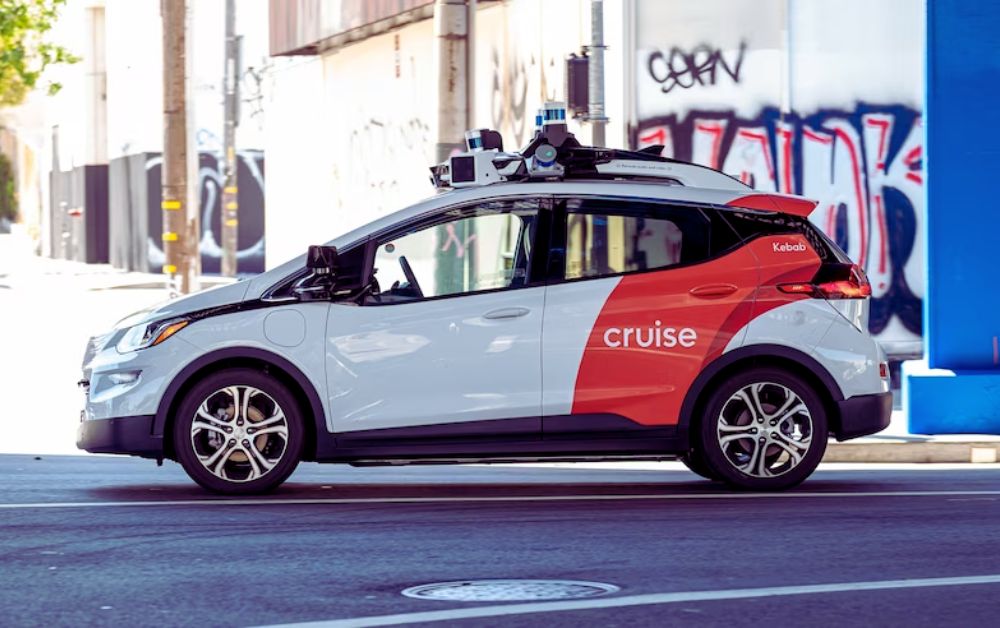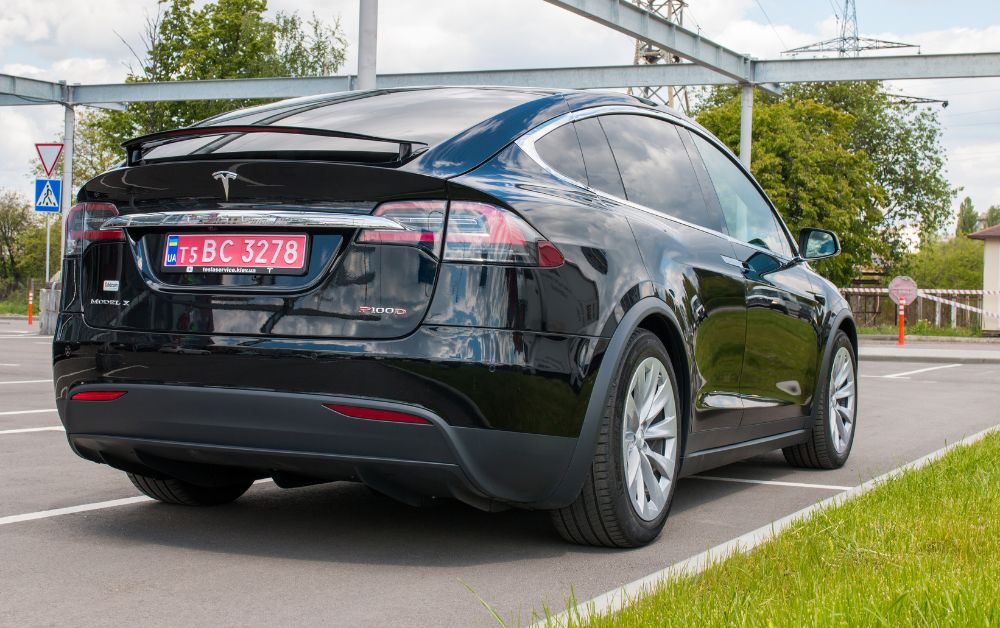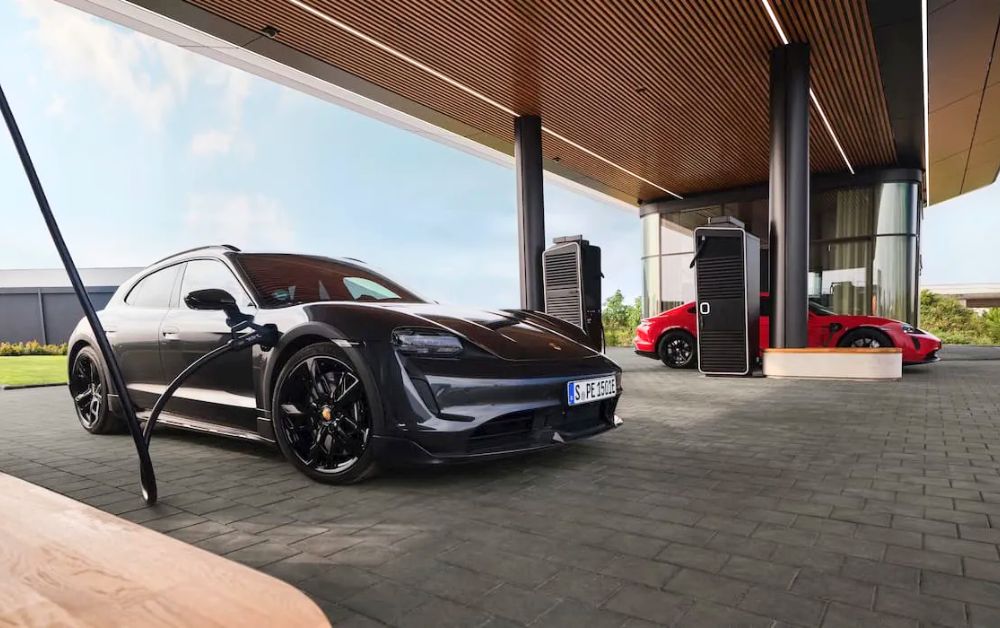California Suspends GM Cruise Robotaxi License Following Pedestrian Accident

In a significant turn of events in the world of autonomous vehicles, California has taken a decisive step by suspending the license of GM’s Cruise robotaxi service. This action comes in the wake of a harrowing pedestrian accident and the revelation of alleged safety concerns. In this article, we’ll delve into the details and implications of this suspension, the fallout it has triggered, and the response from various stakeholders.
Cruise Suspended: The Pedestrian Accident That Shook California
Update as of October 27: Cruise Temporarily Halts Operations Nationwide
In a recent incident that grabbed national attention, a Cruise robotaxi came to a sudden stop and tragically ran over a pedestrian who had already been struck by another human-driven car. Shockingly, the Cruise vehicle attempted to continue driving with the victim pinned underneath it. The California Department of Motor Vehicles (DMV) alleges that Cruise withheld critical video evidence of this incident during an ongoing investigation. This alarming revelation played a pivotal role in the suspension of Cruise’s license for fully autonomous Chevrolet Bolt taxis.
(1/3) The most important thing for us right now is to take steps to rebuild public trust. Part of this involves taking a hard look inwards and at how we do work at Cruise, even if it means doing things that are uncomfortable or difficult.
— cruise (@Cruise) October 27, 2023
Reactions and Consequences: The Aftermath of Cruise’s License Suspension
The Fallout Has Been Immediate
Following the suspension of Cruise’s autonomous license, Los Angeles City Council member Hugo Soto-Martinez swiftly announced his intention to introduce a motion addressing public safety concerns related to autonomous vehicles, particularly robotaxis. This motion reflects growing outrage among public safety officials and local residents regarding robotaxi services. The motion goes beyond Cruise, mentioning incidents involving Waymo and reports from the National Highway Traffic Safety Administration (NHTSA) about automated driving system crashes in 2021.
Teamsters Local 586 also weighed in on the situation, expressing their satisfaction with the license suspension but calling it insufficient. They point out that the DMV’s provision for Cruise to apply for reinstatement is questionable, given allegations of misinformation about vehicle safety. The implications of this incident may extend beyond Cruise, potentially leading to new legislation that covers a broader spectrum of autonomous vehicles, including robotaxis.
Conclusion:
The suspension of GM’s Cruise robotaxi license in California has sent ripples throughout the autonomous vehicle industry. The shocking details of the pedestrian accident and the alleged withholding of safety evidence have raised questions about the future of autonomous transportation.
The swift reactions from public officials and industry stakeholders signal a pressing need for enhanced safety and regulatory measures. As the story continues to develop, it underscores the challenges and responsibilities associated with deploying autonomous vehicles on public roads.
Related Articles

Driving Relief: Ontario Gas Tax Reduction Extended Amid Economic Challenges
Premier Doug Ford has announced the extension of Ontario’s gas tax reduction until the end of the year, a decision poised to provide much-needed relief to drivers across the province. As the government gears up to unveil its budget, the emphasis on cost containment and support for motorists underscores a commitment to alleviating financial strains and fostering economic resilience in Ontario.

2025 Audi A3 Sedan: Unveiling Subtle Updates and Customizable Features
Today, we delve into the world of Audi with an exclusive look at the anticipated 2025 Audi A3 Sedan. Set to make waves in the North American market with its subtle yet captivating refresh, this sedan embodies Audi’s commitment to innovation and style. Join us as we explore the intricate details and unique features of this highly anticipated release.

Jeep Price Drop Signals Brand Transition Ahead of EV Launches
As Jeep gears up for a monumental shift in its lineup with the impending launch of its first electric vehicles (EVs), the brand is making significant moves to adapt. One notable change is the price drop on two of its popular models, the Compass and Grand Cherokee. Let’s delve into the details of this transition and what it means for Jeep enthusiasts and the broader automotive market.

When Does Drive to Survive Come Out?
The highly anticipated new season of “Drive to Survive” is just around the corner, set to hit screens on February 23. With its captivating portrayal of the high-stakes world of Formula 1, this Netflix docuseries has become an absolute must-watch for racing aficionados worldwide.




